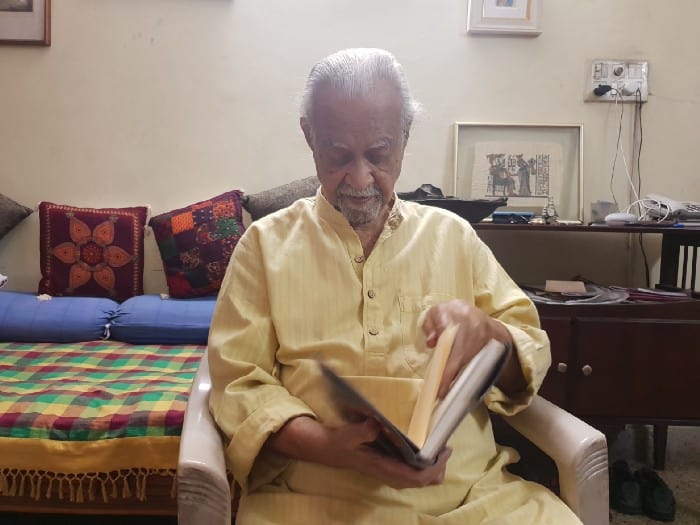Yunus Y. Lasania
Hyderabad: 17 September 1948 is the day when the erstwhile state of Hyderabad, ruled by the last Nizam Mir Osman Ali Khan, was officially annexed to India through Operation Polo, or “Police Action (as known in local parlance)” — the military offensive set forth by the Indian Union after the ruler’s unsuccessful attempt to independent.
Operation Polo was the final move in the game of chess that the Nizam and the Indian government had been playing to negotiate the Hyderabad state’s future after August 15, 1947. Osman Ali Khan wanted to be an independent ruler. However, the political situation had begun to deteriorate much before that itself, with the Nizam himself being unable to control everything.
Hyderabad-based journalist Shoaibullah Khan, who was the editor of Imroze, an Urdu newspaper that leaned towards the Congress, was murdered by the Razakaars on the intervening night of 22-23 August. It was a result of a threat by Qasim Razvi — the head the Razakaars and also the Majilis-e-Ittehadul Muslimeen (MIM) — to not write against Hyderabad staying independent.
Burgula Narsing Rao, who was then a 17-year-old student at the Nizam’s College, remembers the incident as if it happened yesterday. The murder transpired right outside his house at Kachiguda. Imroze was run from his residence as it was started by Shoaibullah and Narsing Rao’s uncle (and Congress leader) Burgula Ramakrishna Rao. The latter would go on to become the Hyderabad state’s first Chief Minister later.

“We used to live in Chappal Bazar then, and I had told Shoaibullah ‘Khuda Hafiz’, closing the gate afterwards. Few minutes later I saw Shoaibullah Khan lying on the ground outside. They had shot him and cut his hand off in a symbolic way to show others what would happen to them as well,” recalled Narsing Rao, who was also a member of the Communist Party of India’s student group then.
In the run-up to the Hyderabad state’s annexation, the political situation was very tense. The Princely State then comprised of 16 districts, which included five from Maharastra ad three from Karnataka, apart from the entire area of Telangana (eight districts). The Nizam’s refusal to join India had created tensions, especially in the context of the Jammu and Kashmir issue.
A war against Pakistan for the Hindu-ruled, Muslim majority state had already been raging not too long after the partition. As J&K’s Maharaja also delayed his decision to join either the India or Pakistan union in his aspirations for independence, India was eager to settle the Hyderabad question.
While Osman Ali Khan was deliberating between joining India or running an independent state, it allowed Razvi to take over the political vacuum and to unleash a reign of terror through the Razakaars, especially against Hindus in certain parts of the state. Razvi, in some accounts by authors, has often been described as a megalomaniac, whose ideas and readiness to instigate violence didn’t augur well with many.
“Shoaibullah Khan basically asked the Nizam to consider joining India through his writings, and lost his life for that. The Nizam should have considered the Indian government’s proposal, as it would have avoided a lot of bloodshed,” said M. K. Moinuddin (93), a senior member of the Communist Party of India (which was the strongest party in Telangana then), who went underground as a political activist during and after Operation Polo.
While there are oral accounts of Razakaar atrocities (especially in Telangana where the CPI gave them stiff resistance) — particularly against Hindus — the Sunderlal Committee was formed in 1949 by former Prime Minister Jawaharlal Nehru to look into alleged atrocities like rape, murder and looting of Muslims committed by the Indian Army after Operation Polo.
The report, which was made public some years ago, states that about 26,000 to 40,000 Muslims lost their lives in targeted killings, particularly in districts like Gulbarga, Osmanabad, Bidar, etc. in parts of the Hyderabad state. It may also be noted that the CPI-backed Telangana Armed Struggle, under which poor peasants began overthrowing oppressive landlords, began in 1946 and continued well up to 1951 till the CPI called it off and contested the first general elections in 1951-52.

